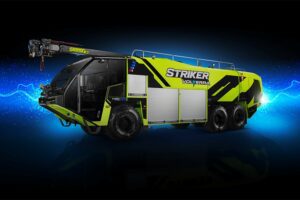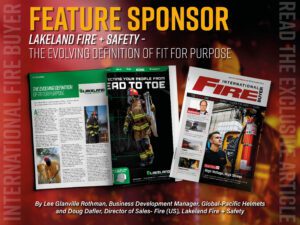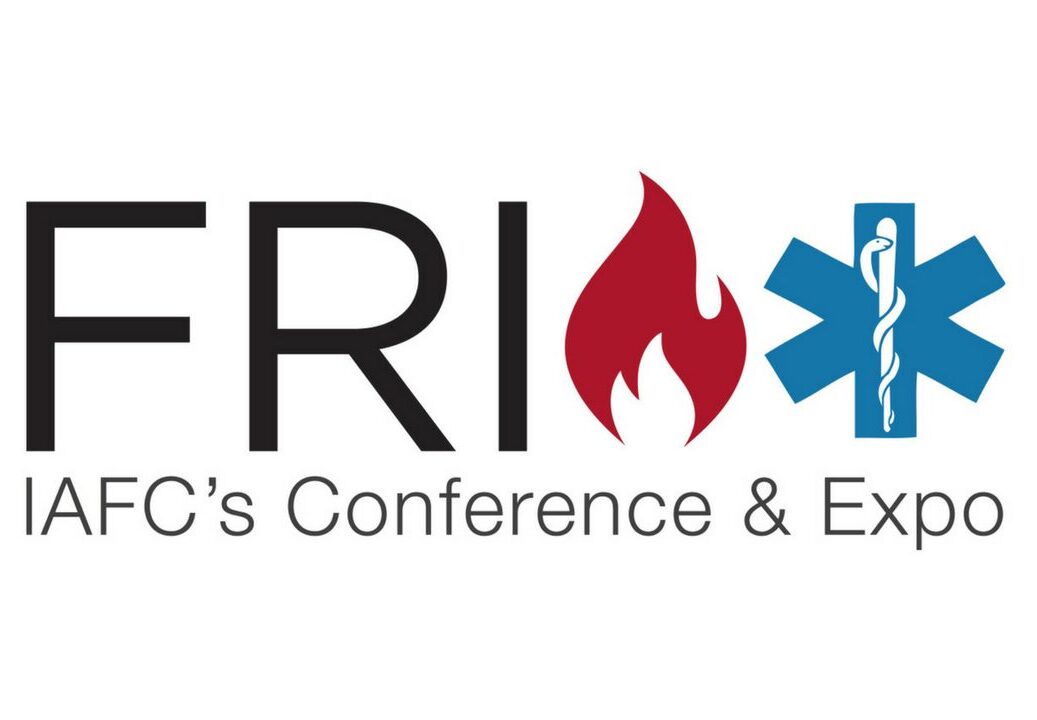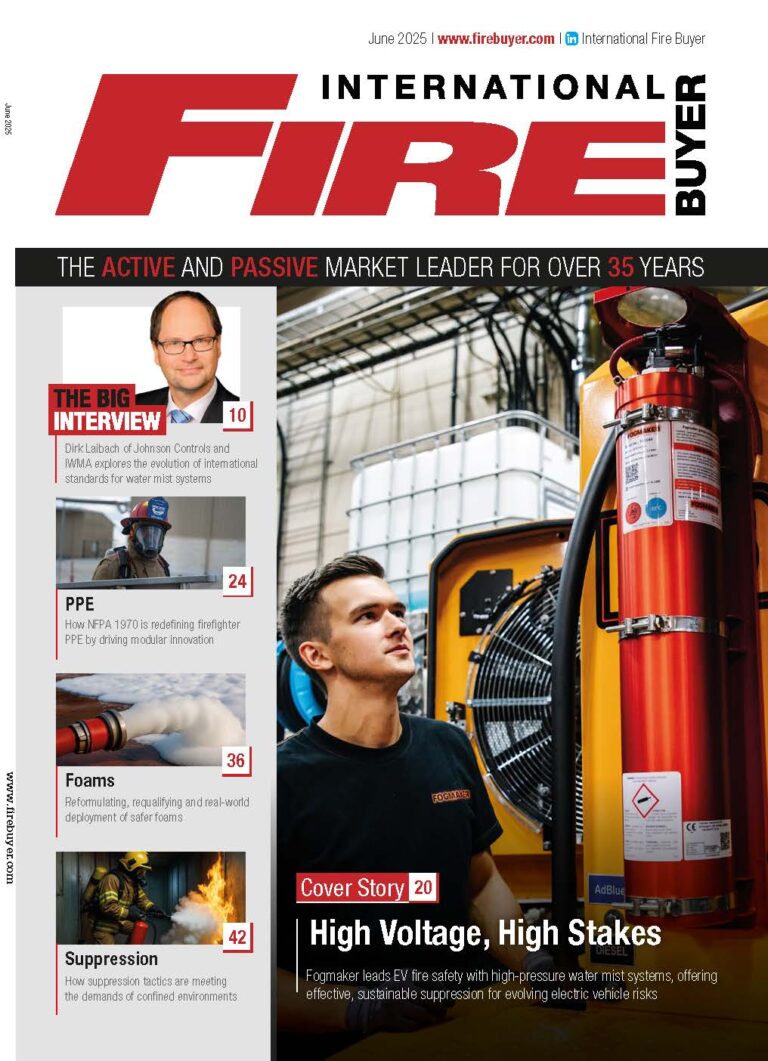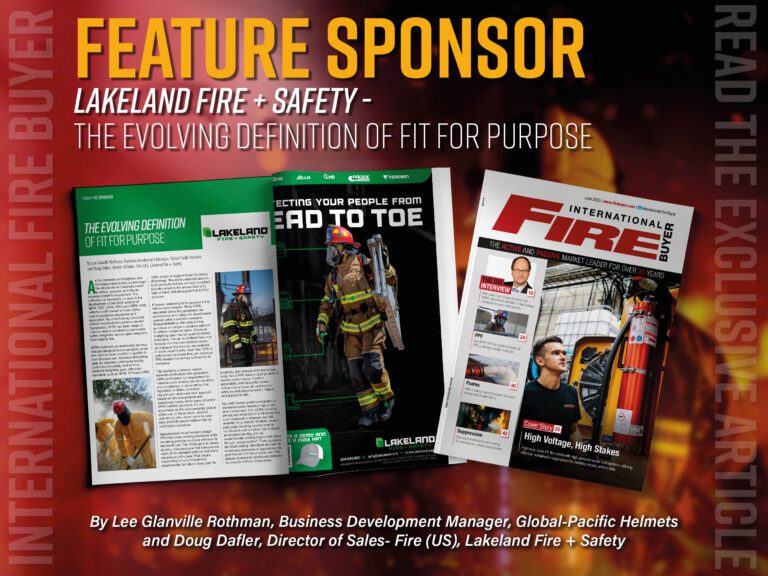John Gould, President of the United Aerial Firefighters Association speaks to Rebecca Spayne, Managing Editor of Fire Buyer about all things aviation themed
Could you introduce yourself and discuss what you do for the United Aerial Firefighters Association (UAFA)?
My name is John Gould, and I am the President of the Board of Directors for the United Aerial Firefighters Association. The initiative creating UAFA began a year ago with an effort to organise a number of companies representing a wide spectrum of aerial firefighting, all of whom shared a belief that industry representation was necessary and expressed a desire to create an organisation that could grow to into a voice for the industry.
Over the past year, I think we’ve accomplished that, and moving forward it’s my job to work with every member of UAFA to ensure that we can speak with a unified voice to identify common problems in our industry and find realistic, workable solutions. We hope that voice can be heard by Congress and the appropriators as advocacy for budgets necessary to have an effective firefighting force, but also as a voice for partnership with our customers.
You have had quite the career in federal service which spanned almost 40 years; what has changed in fire prevention in this time?
I believe what has changed most is our general approach in how we view, and deal with, fire on the landscape today. There is higher awareness now about the work required to reduce the fuel loading in our forests, grasslands and the wildland-urban interface. That awareness wasn’t around when I began, and now it is arguably the biggest focus for agencies dealing with the problem.
With that said, I also see that the budgetary requirements of prescribed fire and fuel reduction projects often comes at the expense of a robust suppression strategy, and in today’s world, you need both.
I’ve also been fortunate to see some striking innovations in fire aviation. That innovation has come in the capability of the entire aviation fleet; helicopters, single engine airtankers, water scooping aircraft and large airtankers. They are much more effective, and a much safer fleet than what we dreamed possible when I started my career as a firefighter.
Given that you were responsible for 1.6 million acres of land earlier in your career, as Fire Management Officer of Military Lands in Alaska, what challenges were prevalent over such large areas?
For a year, I was a fire management officer for military lands, but I was also the Manager of Alaska Fire Service for five years, serving as the manager of the organisation responsible for fire suppression on federal lands in Interior Alaska. The challenges of fighting fires in Alaska are many, but most of them have their root causes in the logistics of managing an emergency response over such a large area:
- How do you get firefighters up to the fire quickly enough?
- How do you get support out to the FF in order to help them be effective?
- How do you manage fires in such remote areas and manage logistics for support, for food, for fuel?
These same issues are there doing fuels and prescribed fire work in Alaska. The immensity of the landscape tends to make preparation for the work, and the number of people required to pull it off, much more complex. So yes, the size of the state is a challenge, but day-to-day issues facing fire managers and fire fighters are much the same as anywhere else in the world.
How did this early experience contribute to progressing into your current role?
Almost everything associated with fire in Alaska has an aviation component to it. My fire aviation experience began within the first week of being hired when I flew to my first fire by helicopter. From that point on, aviation has been a part of my firefighting experience, going from helitack to smokejumping, paracargo, air-attack, lead planes, aviation contracting, aviation safety… Almost every aspect of fire aviation has been a throughline in my career. It’s hard to deny this theme has played a major role in contributing to what I do today.
Does federal policy on land-management include Indigenous knowledge of the land?
I’ll start with a disclaimer stating that I can’t speak for all Federal land management policy, but I can tell you what I experienced as a federal fire program manager.
My understanding is “indigenous knowledge of the land” means you have some organisational understanding of the role fire played in the ecosystem before we developed a coordinated suppression strategy. In my experience with fire management plans in Alaska, I believe this was the fundamental principle that drove every aspect of the plan. Response to fire varied from aggressive in areas designated as “critical” because of infrastructure, to a gradually scaled down response in areas designated as “full”, “modified” or “limited”. In every response but critical, fire is allowed to play its “indigenous” role. What this means for Alaska is on more than 90% of the federal lands, fire is allowed to burn the way it always has.
Having said that, and speaking now only for myself, I question the wisdom of continuing to follow policy developed in the 20th century when the size, severity and consequences 21st century fires are at levels never imagined at the time these fire management plans were first written.
To read more news and exclusive features see our latest issue here.
Never miss a story… Follow us on:
![]() International Fire Buyer
International Fire Buyer
![]() @Firebuyer
@Firebuyer
![]() Fire Buyer
Fire Buyer
Media Contact
Louis Curtis
Editor, International Fire Buyer
Tel: +44 (0) 1622 823 922
Email: [email protected]




